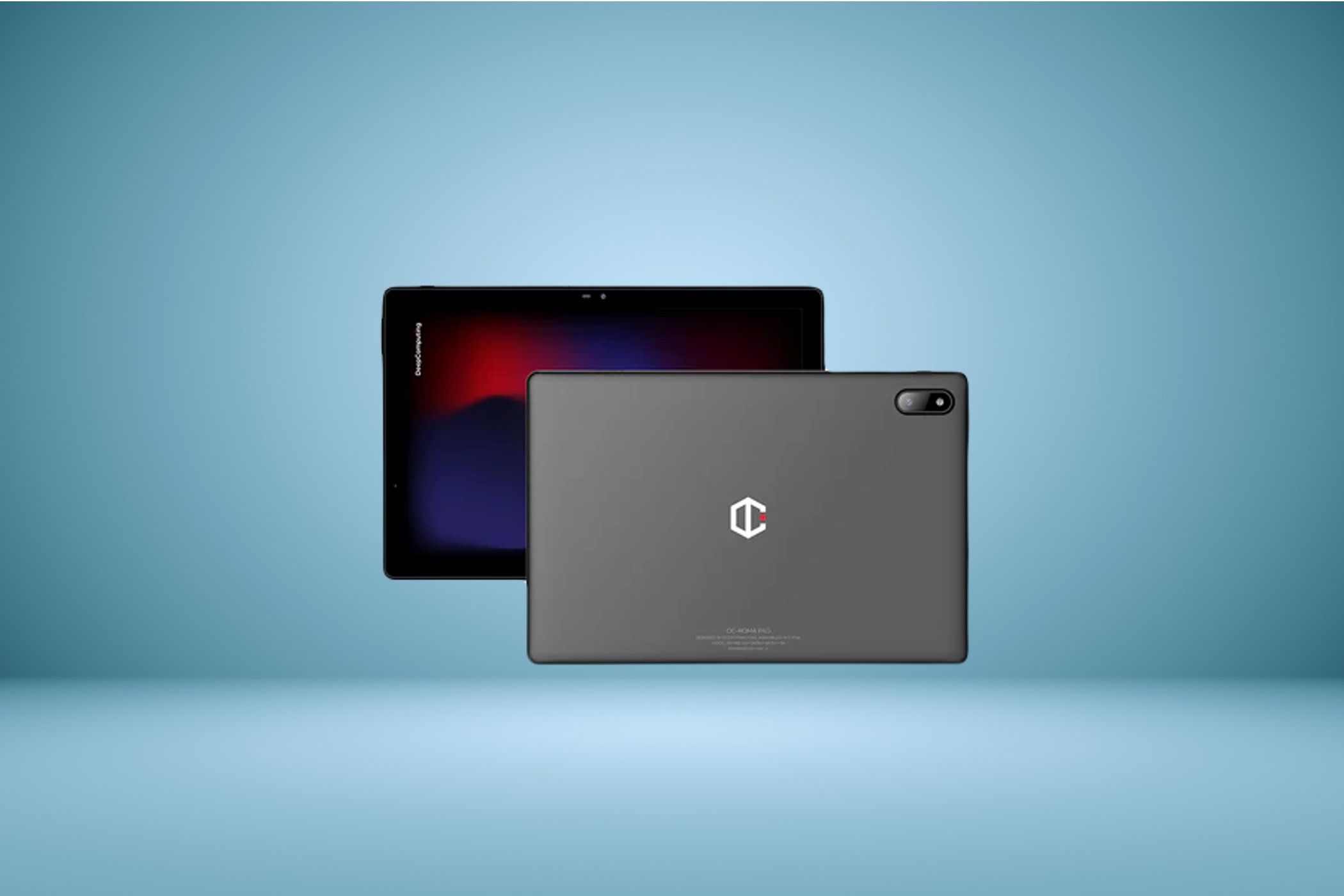DeepComputing has unveiled a new RISC-V tablet, the DC-ROMA RISC-V Pad II. While the DC-ROMA RISC-V Pad II is great for those interested in trying RISC-V technology, there are many better choices for those who want a mainstream tablet.
The biggest issue for most people would be the tablet’s app ecosystem, which is still developing. Essentially, it has limited apps available for users and would likely have compatibility issues with many that you can download outside an app store. However, this is still an affordable option for developers and enthusiasts, because the base model goes for $149. The focus on RISC-V technology is promising but still relatively new, and won’t offer the same level of ease and compatibility as some of the best iPads this year. If you’re not a developer, this isn’t the tablet for you.
Despite its focus on developers and early adopters, the DC-ROMA RISC-V Pad II is still a tablet. It features a 10.1-inch IPS touchscreen display, front and rear cameras, a USB Type-C port, and a 3.5mm headphone jack. The RISC-V tablet is powered by the SpacemiT K1 SoC, the same chip used in the company’s RISC-V Ubuntu laptop. However, due to the relatively new RISC-V architecture, you can expect its performance may be limited compared to more mainstream tablets.
One of the standout features of the DC-ROMA RISC-V Pad II is its dual operating system support. It ships with Ubuntu 24.04 pre-installed, but the 16GB models may soon be able to run a custom build of Android 15 AOSP. This would let users switch between the two operating systems based on their needs. This alone is a big seller because it is pushing into Android territory, and being able to use an Android OS would make compatibility a lot simpler.
The tablet is available for pre-order on the official website, starting at $149. The 16GB models with dual operating system support and 128GB EMMC go as high as $300. You’ll need to pay 20 percent up front as a deposit to secure the tablet, which is expected to begin shipping units in September.
Source: OMG! Ubuntu





